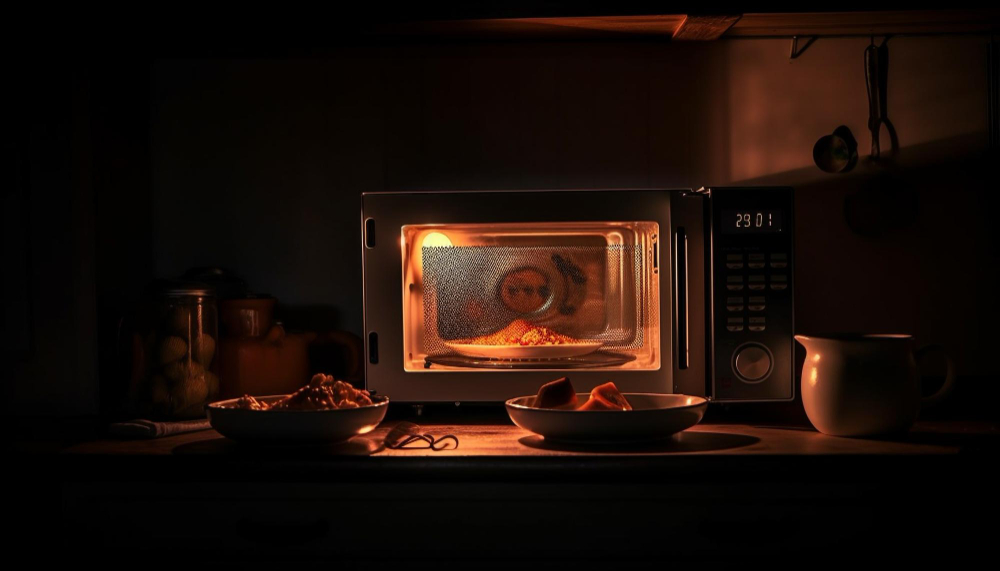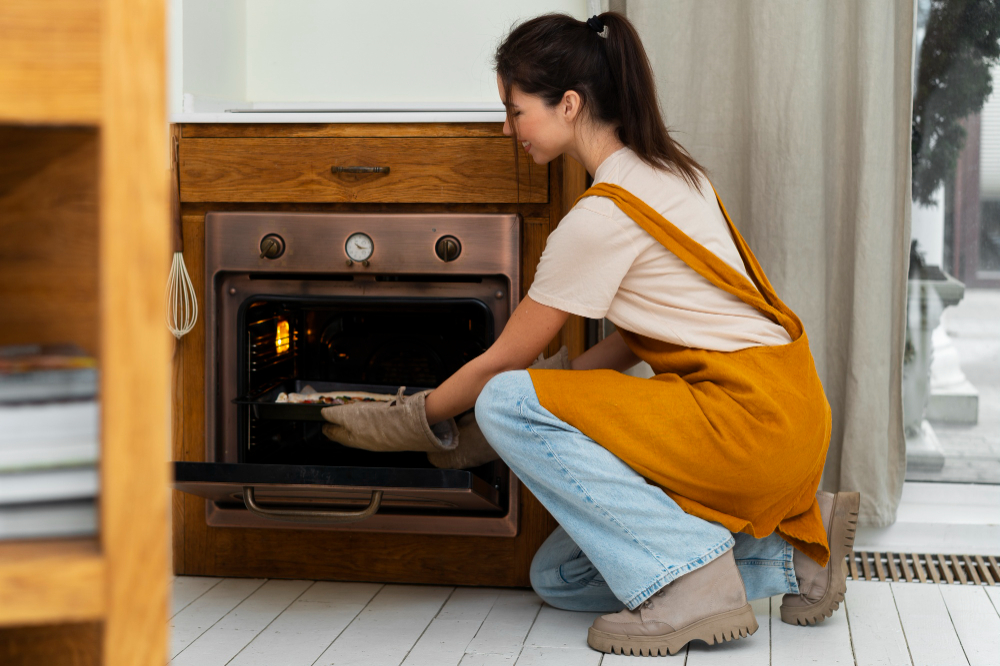How To Fix Common Oven Problems
You’re prepping for dinner and suddenly, your oven acts up. Don’t panic! We’ve got you covered.
This guide will help you identify and fix common oven problems, from heating issues to door glitches.
You’ll learn how to troubleshoot, resolve and address these snags by yourself.
So, roll up your sleeves and get ready to become your home’s oven hero.
Identifying Common Oven Issues
Before you can fix your oven, you’ll need to identify the specific issue that’s causing trouble.
Now, let’s focus on two common problems: Oven Control Issues and Oven Noise Problems.
Have you noticed your oven’s temperature fluctuating unpredictably? That’s a clear sign of control issues. You might need to replace the thermostat or the control board.
On the other hand, if you’re hearing strange noises, like buzzing or humming, you’re dealing with noise problems. This could be due to a faulty fan motor or a loose component vibrating.
It’s essential to pinpoint the exact problem before diving into repairs. Remember, misdiagnosis can lead to wasted time and money. So, always take the time to evaluate your oven’s issues accurately.

Troubleshooting Oven Heating Problems
Once you’ve accurately identified the issue, tackling heating problems becomes your next challenge in the oven repair journey. Ignition failure is a common cause. If your oven isn’t heating at all, it’s possible that the igniter isn’t sparking. You’ll need to replace this.
Alternatively, your oven might be heating, but it’s either too hot or not hot enough. This is where temperature calibration comes into play. You’ll need to adjust the oven’s thermostat. Usually, there’s a screw at the back of the knob that you can turn to calibrate the temperature.
Resolving Oven Door Issues
If your oven door isn’t shutting properly, it’s time to inspect the door seal and hinges for any signs of wear and tear. You might find that the door seal has become brittle or the hinges are worn out. In such cases, door seal replacement or hinge adjustment techniques may resolve the issue.
Door seal replacement can be a DIY job if you’re handy. Simply remove the old seal, thoroughly clean the area, then attach the new seal following the manufacturer’s instructions.
Hinge adjustment techniques vary by oven model, but typically involve loosening the hinge screws, adjusting the door to the desired position, and then retightening the screws. If you’re unsure about any of this, it’s best to call a professional. Remember, safety comes first!
Addressing Oven Light Problems
Another common issue you might encounter is problems with your oven light. The first thing to check is if the lightbulb needs replacing. It’s a simple task that you can handle yourself using lightbulb replacement techniques.
First, unplug your oven for safety. Then, remove the cover, unscrew the old bulb, and replace it with a new one.
If a new bulb doesn’t solve the issue, it could be a problem with the switch or the wiring. You might need professional help in this case.
As for innovative lighting solutions, consider using LED bulbs. They’re energy-efficient and last longer than traditional bulbs.
Fixing Oven Self-Cleaning Glitches
Next, let’s tackle self-cleaning glitches you might face with your oven.
Self-cleaning safety is paramount when dealing with these issues. Should your oven’s cleaning cycle be interrupted, don’t panic. First, ensure the oven is cool before attempting any fixes. If the cycle was interrupted due to a power outage, simply restart the cycle once power is restored.
If the oven doesn’t lock or unlock after the cleaning cycle, check the door lock mechanism. It could be jammed or broken. You might need a professional to replace it.
If the oven doesn’t heat up during the self-cleaning cycle, the issue may be with the thermostat or heating elements. Here, too, a professional’s help might be needed.
Always prioritize safety when addressing self-cleaning glitches.

Frequently Asked Questions
What Are Some of the Most Common Causes of Oven Overheating and How Can They Be Prevented?”
Overheating in ovens often results from faulty thermostats or blocked vents. By implementing overheating solutions like regular preventive maintenance, you can identify these issues early and prevent your oven from overheating.
Can I Replace the Oven’s Heating Element Myself or Should I Hire a Professional?”
Yes, you can replace the oven’s heating element yourself to save on professional costs. However, be aware that improper element installation could lead to further issues. If unsure, it’s safer to hire a professional.
How Do I Deal With a Constantly Flickering Oven Light?”
Dealing with a flickering oven light can be frustrating. Try a lightbulb replacement first. If that doesn’t work, it’s likely wiring issues. You’ll want to call a professional to safely handle electrical problems.
What Are the Potential Health Hazards of Using an Oven With a Malfunctioning Self-Cleaning Feature?”
Using an oven with a faulty self-cleaning feature can pose health risks. You’re potentially exposed to harmful fumes from burnt food residues. These self-cleaning risks include respiratory issues and other health implications.
What Safety Measures Should I Take When Trying to Fix a Broken Oven Door?”
You’d need to first ensure the oven’s unplugged. Be careful handling broken glass. For door seal issues, you’d replace the old seal. If it’s a hinge problem, you’d typically need a hinge replacement.
Conclusion

So, you’ve learned how to troubleshoot common oven issues, from heating problems to door and light issues, even self-cleaning glitches.
It’s empowering to handle these minor repairs yourself, isn’t it?
Remember, if problems persist, don’t hesitate to call a professional.
Keep your oven in tip-top shape and you’ll always be ready for that next batch of cookies or Sunday roast.
Here’s to your success in fixing your oven problems!
